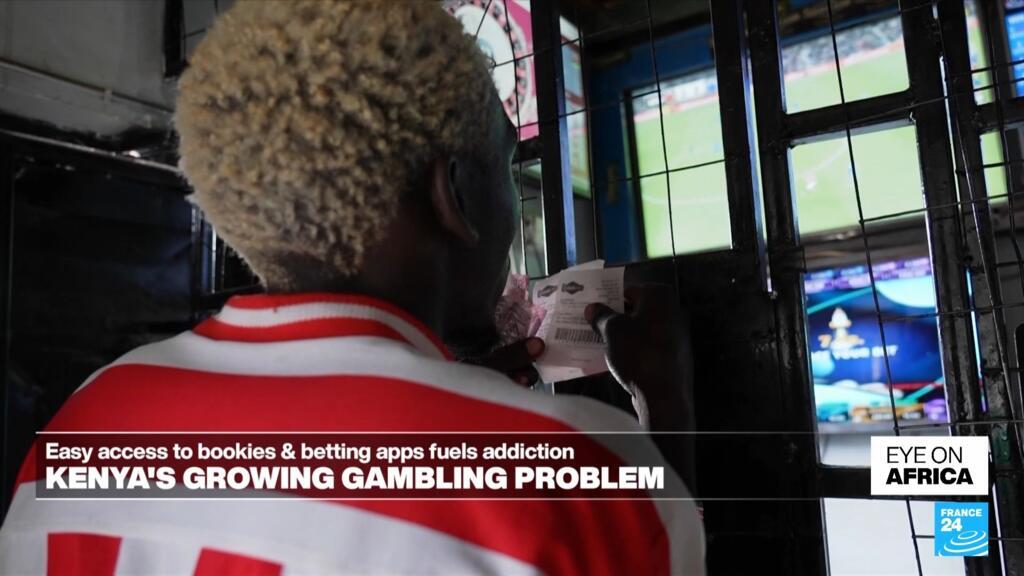On December 22, 1989, at 2:35 pm local time, a person stepped in front of the camera in Studio 4 of Romanian State Television TVR and addressed the audience as “beloved Comrade”. It was ion ILIESCU, then 59, the purse was live broadcast as the dictator Nicole Sesesku was lived.
Some time ago, CeausESCU ran away from the capital, Bucharest in a helicopter, inspired by an angry and firm crowd. The rebellion against the National Stalinist dictatorship had conquered, and was declared a “end of the tyrannical” from the television studio.
When Iliescu appeared, most Romanians only knew who he was vague. In the party circle, however, he was known as a worker, which was once sidelined by Ceausescu. ILIESCU created for emotional speech, accusing Romania into chaos and disorder, alleging “confused Ceausescu Clique”. So he called upon the population to use “social discipline”.
Hours later, he recorded a second attendance. This time in a wooden tone, ILIESCU announced that “in front of national salvation” took power and decided on the measures of Democratis Romania. Recently uprooted dictatorship officials surrounded him with applause.
ILIESCU appeared as the provisional Romanian leader – and as the head of a rebellion in which he did not even reveal the port. At that time, no one questions his legitimacy. In one of his famous self-realization, Ilisku Himalafenf later stated that he had a “emission” to bees, that the revolution “extended” him as a leader.
ILIESCU was later selected three times, except for a legacy in Communist Romania contrary to any other politician in the country. During the only bloody upheaval in Eastern Europe in 1989, he rejected power, assuring that only he could save Romania. Under his leadership, Romania became the only East Block State, in which the communists continued to rule for seven years after the collapse of the dictatorship, under the work under the work under a different name.
What he said to be “original democracy” and misleading stability and calm, the price at which Romanian society still pays. However, his most enthusiastic dream is “national unity”, he stood at the beginning of the divisions that still affects Romania.
Humble start
Born in the city of Danube Port in Ollantita in the southeast of Bucharest in 1930, Ilisku became poor in a broken family. His biological mother left him a year after his birth, and his father was an illegal communist activist who lived in the Soviet Union for years and died in 1945.
After World War II, by his stepmother, he made his career in the Romanian Communist Party, it as a student officer, and later as the minister of the person and youth responsible for campaigning in the Central Committee. So he was a disciple of Ceausescu, and on time, he was also considered as his crown prince.
When the dictator launched a new-stalinist turn in 1971, he removed the district party ILIESCU for “intellectualism”. After 1990, in another moment of self-psychiatrics, Iliescu claimed that he has “symbol of opposition to Ceausescu” representing social democratic ideals since the early 1970s. In fact, he was a quiet, belt reformist socialist who marginalized the last years of dictatorship as a director of a technical publication house in Bucharest.
Popular rebellion or coup?
What and how Iliescu hatched a conspiracy against CeausESCU is not clear. But he was definitely obsessed with the dictator, helping to order a secret execution of CeausESCU couple on 25 December 1989. In conversation, he often became highly emotional when Ceausescu came up. The name of the dictator.
The question of whether the decline of the power of Ceausescu and Iliescu was a popular rebellion or a coup was evaluated: it was a mixture of both. The subject still bothers the Romanian society. After taking Ceausescu out of power, 862 people died in a chaotic road battle, allegedly loyal to the loyalty by “terrorists”. As later the gymnastics out, Ilisku and his supporters had chosen a quarrel to stabilize their commission power in the upheaval, regardless of knowing that people would do it.
‘Quiet President’
Shortly thereafter, in May 1990, ILIESCU was formally chosen by a large majority slogan that he was a “quiet president”. But it was calm false: ILIESCU repeatedly brought thousands of miners from the Shiltal Valley in Western Romania to Bucharest, who blamed opposition politicians and governance critics.
Thesis was the worst of the so -called “Minrades” in June 1990, when a student protest camp at Bucharest University Square was “terminated” and miners almost killed student leader Marian Mantanu. Later, IlieScu thanks to their “high civil consciousness”.
As the head of the state, he successfully replaced the “National Salvation Front”, which after the collapse of CeausESCU, included a rally point point party officials, secret service colleagues, Ceausescu Henchmen and former company directors.
However, ILIESCU could not gradually stop the Romanian society from democratizing it. In late 1996, he and his party were excluded from power, in the first time in the Romanian history, the change of independent and democratically valid governance. ILIESCU resigned Himal for unavoidable and did not call for violence after being out of power.
Late Savior of Romania
Later, in 2000, he made a comeback and rescued Romania from fascist Greater Romania ideology, Corneluli Vadim Tudor, a poet and pre-employment of the notorious collection secret service, in a run-off election for the presidency. ILIESCU won, although many of his critics voted for him to avoid only civil war and a new dictatorship. Thus, the great craving of ion ILIESCU for “national harmony” was weakly fulfilled, for at least a short time.
ILIESCU would have preferred to go down into history as a symbol of this harmony, but it was not to happen. Those who ended after CeausESCU escaped, as well as the victims of the minerals indigenously indigenously remained a shadow on any contribution, which they were honored.
Commissions and public prosecutors examined them for more than three decades – an Odissi for Berev and affected people. Finally, ILIESCU was never forced to appear in court. And while the public never stopped asking him questions, he did not show any real regrets. On August 5, Ion Ine Inosku died at the age of 95.
This article was original in German.


